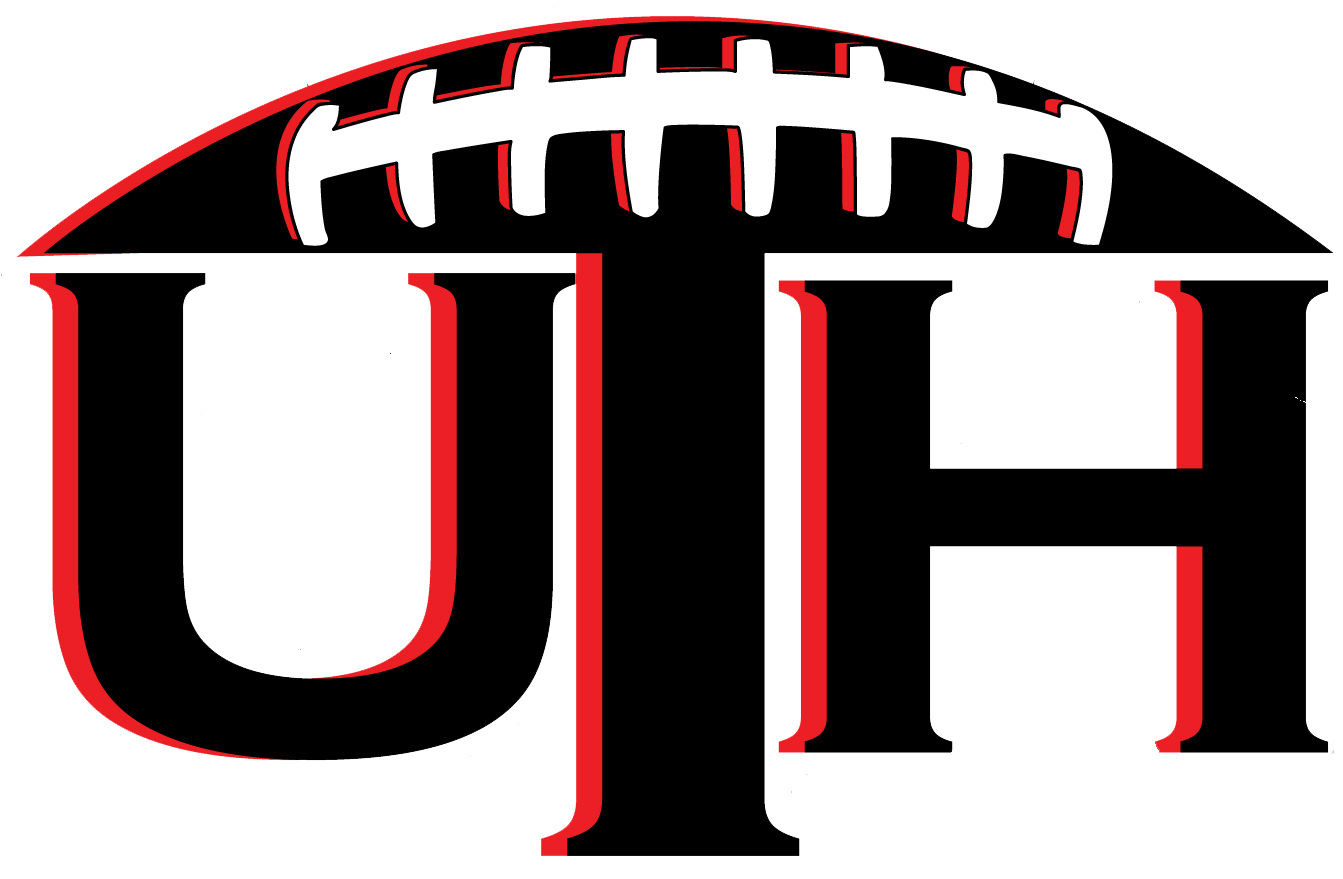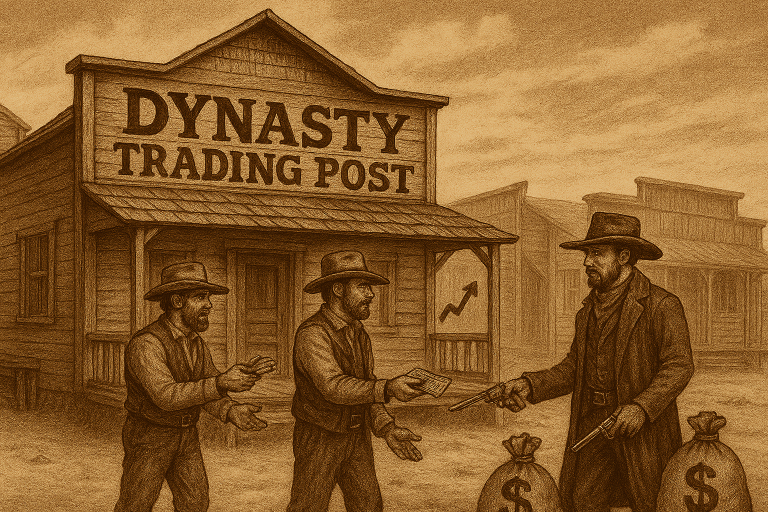Valuing offensive and defensive players is something most IDP owners struggle with. The vast amount of permutations in scoring system, starter roster configuration, and depth all complicate the issue. Muddying things even further is the fact that the best defensive players are not always the top fantasy scorers; it often has as much to do with opportunity as it does skill. Substitutability, consistency, and weekly difference making potential are ways to evaluate these positional value differences. For consistency, these comparisons will all use FFToday’s default defense scoring, which most would consider tackle heavy. Using PPR offensive scoring is reasonable since it is becoming the more common offense format. It is worth noting the IDP community is evolving scoring that more accurately represents a player’s value as more stats are available to use. One of my favorite scoring systems for defensive players are the PFF house rules.
Substitutability
How easily it is to replace a player’s scoring is important when figuring out how to value a player. For the first comparison we will look at the annual scoring of the top 100 wide receivers, linebackers, and defense backs using a three year average. I chose to compare these positions because it is common to start three to four in most lineups .
It is quite apparent that the slope of the LB and DB lines are much flatter than the WR line. This indicates that when replacing a player with a lesser player, there is less of a scoring gap. The difference between the top WR and WR100 is 287.5 points. While the difference with LB and DB is 129.8 and 76.0, respectively. It is also worth noting that the top 30 WR have a greater slope then the rest of the WR line. In comparison, the DB and LB slopes stay relatively constant. This means it is much harder to replace the scoring of a top-30 wide receiver than DB or LB.
Next we will compare the annual scoring of running backs to defensive lineman. Many compare defensive lineman to tight ends since both position have a few players that vastly outperform the pack. For this analysis it is more representative to compare defensive lineman to running backs since it is common to start two to three in most leagues.
As we suspected there is a large slope in the beginning of each line due to the few players that outperform the pack by a large margin. Throwing out the top four DL, it is easy to tell that the DL line is much flatter than the RB line. Once again we see that defense players are easier to replace with less production loss than their offense counterparts.
Consistency
Another way to look at offensive verse defensive value is comparing how many players return to the top-10 and top-30 scoring at their position.
This table shows us that RB, WR, and DL return roughly about the same amount of players annually to the top-10 and top-30. Over the past five years a RB, WR, or DL that score in the top-30 at their position have a better than 50% chance to score in the top-30 the next year. A linebacker only has a 34% chance to score in top-30 in the next year and a DB only has a 25% chance to score in the top-30 the following year. This most likely means it is harder to predict who will be the top scorers the next year at DB or LB. This fact should decrease the value of linebackers and defensive backs.
Weekly Difference Makers
Another way to consider the difference in player value, is comparing how much of a weekly advantage can be found at a position. The table below shows the 2014 average weekly scoring differential between the top player and the 12th player at each position.
The table above makes it very apparent that the offense positions provide more weekly difference making potential than the defensive positions. Surprisingly, the DB position provides a little better weekly difference making potential than LB and DL. Since the DB position has the least predictability weekly and annually, this minor advantage is not very meaningful.
Defensive Backs Conclusion
Defensive backs have the worst positional value of any of the defensive positions. This is due to the positions having the flattest annual scoring curve, the top performers are the least consistent from year to year, and the weekly difference-making potential is not significantly better than other positions. It is rarely a good idea to invest a lot of draft capital in defensive backs. If you are looking for consistent defensive back scoring, I suggest looking into the BASED model. It is not surprising that the BASED model normally only predicts a couple rookies have a strong chance to be perennial top performers. In light of this data, DB is the last position I would fill in a draft. This data even suggests that streaming is reasonable for DB at almost any roster size.
Defense Linemen Conclusion
The data above indicates that defensive lineman have a much great value than defensive backs. This value above the DB comes from the best positional consistency in the top performers from year to year. This makes the position easier to predict and less of a chance of losing value when taking top ranked DL. This perennial consistency makes a compelling argument for DL to be the top valued defensive position in dynasty formats. On the other hand, the substitutability of the position outside of the top three is similar to the defense back. Since there is not a high percentage of DLs returning to the top ten ever year, trying to account for those top three is a flawed pursuit. An argument could be raised for J.J. Watt, since he has obliterated the DL scoring two of the last three years. Shawn Siegele’s article on this subject from 2013 is still very relevant and it does pertain to dynasty.
Linebackers Conclusion
I think the data above confirms the commonly held belief that linebackers are the top value defensive position. Although in dynasty formats, the value is very close to defense linemen. The real driver in the linebacker value is that it is the hardest position to replace scoring. The average annual scoring curve for the top100 linebackers is the steepest of the defensive positions. The poor consistency in the top annual performers is what holds LB position back from being the unquestioned highest value defensive position.
Offense vs. Defense Conclusion
In all aspects above, the comparable offensive positions provided vastly more value than the defensive positions. The defensive positions have worse consistency in the top performers from year to year, and defense positions are much easier to replace with comparable scoring. The final blow is that in most scoring formats, defensive players do not have the scoring potential and differential to carry a fantasy team. That data above indicates that we really should not consider defense players if there are still running backs or wide receivers on the board with top30 scoring potential. Defense players should also not be considered before quarterbacks or tight ends with the potential to be top three scoring in a week. Considering offensive players with this potential, this easily puts 120 players before defensive selections. If you wait until round ten in most leagues, other owners will likely have taken the top DLs and LBs. This means your defensive selections are in the flatter part of the annual scoring curve. It also means not all of these 120 top offense talents have been selected yet. Thus, waiting even a few more rounds may be prudent. This is illustrated very well by the players available post round 10 in Katie’s December draft when other owners reached for defensive players.
Being a savvy and educated IDP owner doesn’t always mean having the best defensive roster or even the top defensive scoring. The best IDP owners understand which positions can provide the most value and which are the most volatile no matter what side of the ball they are on.






